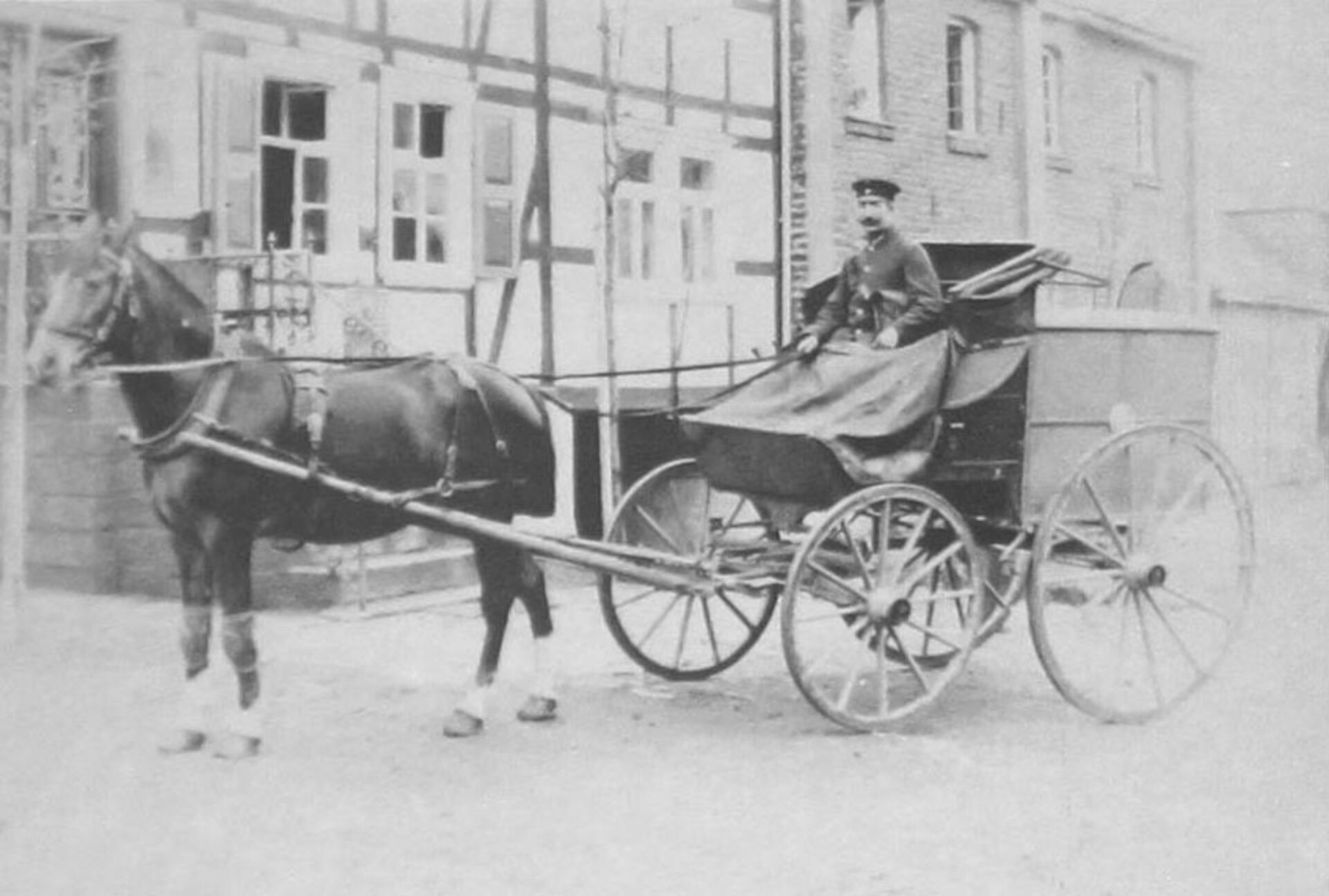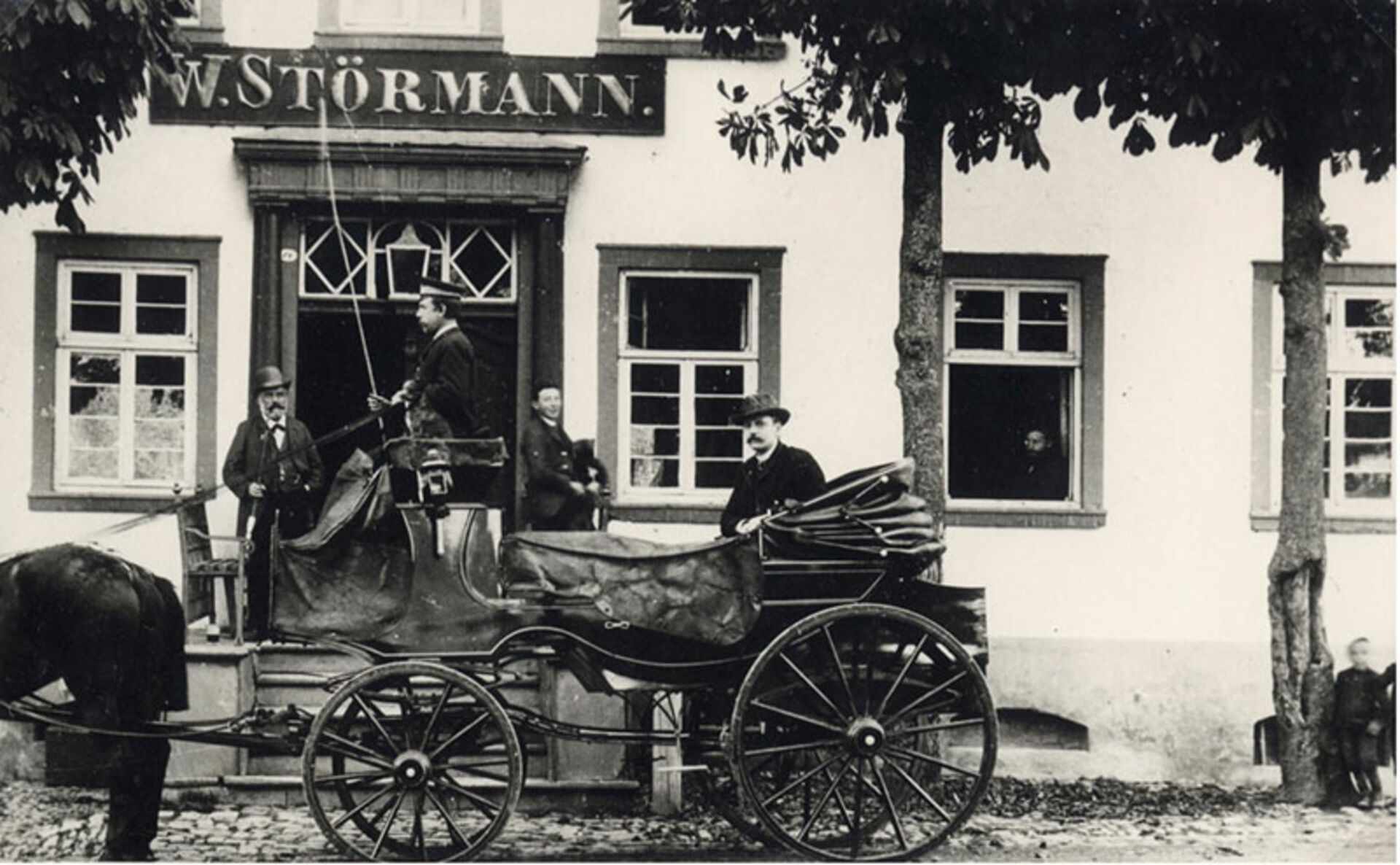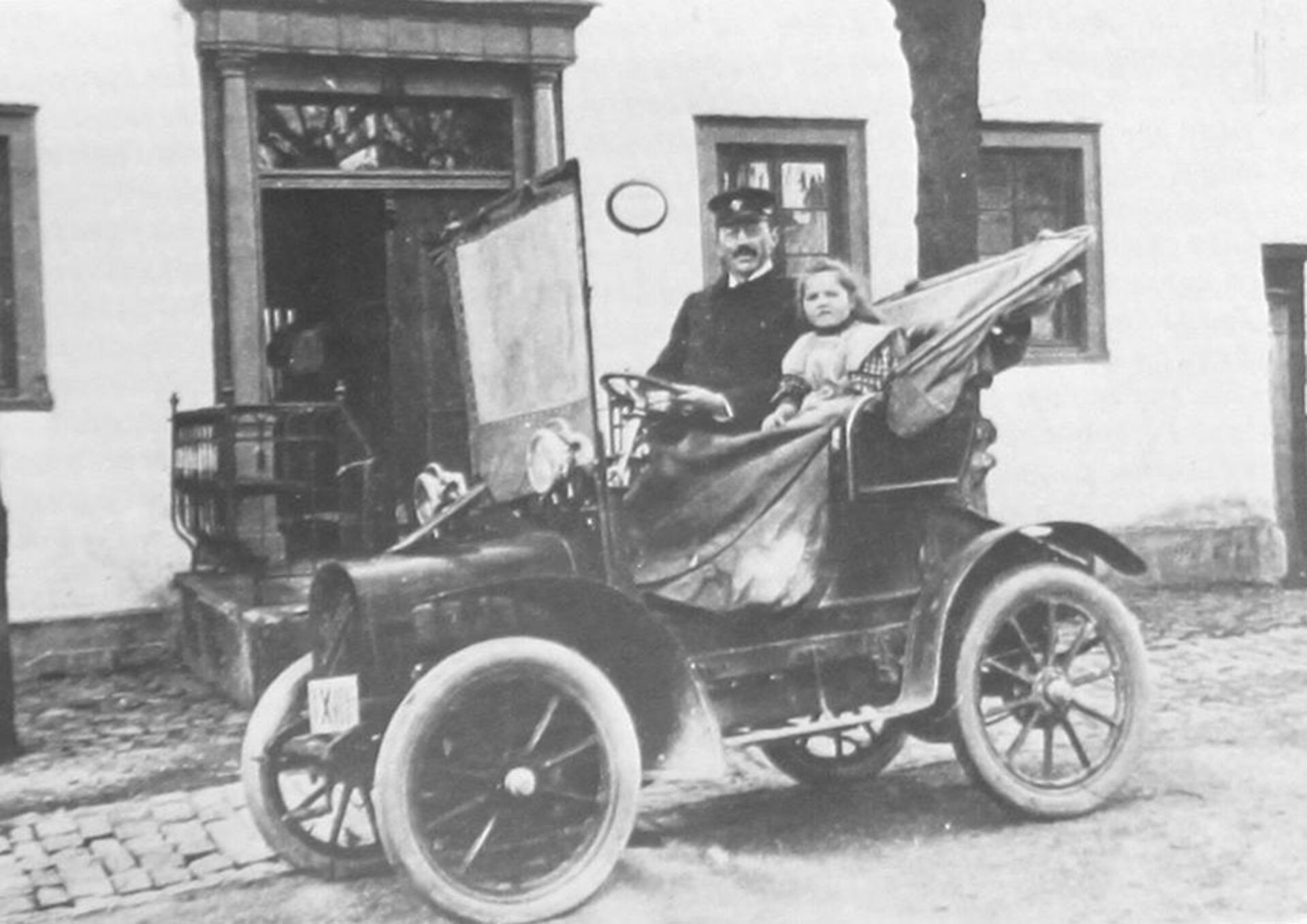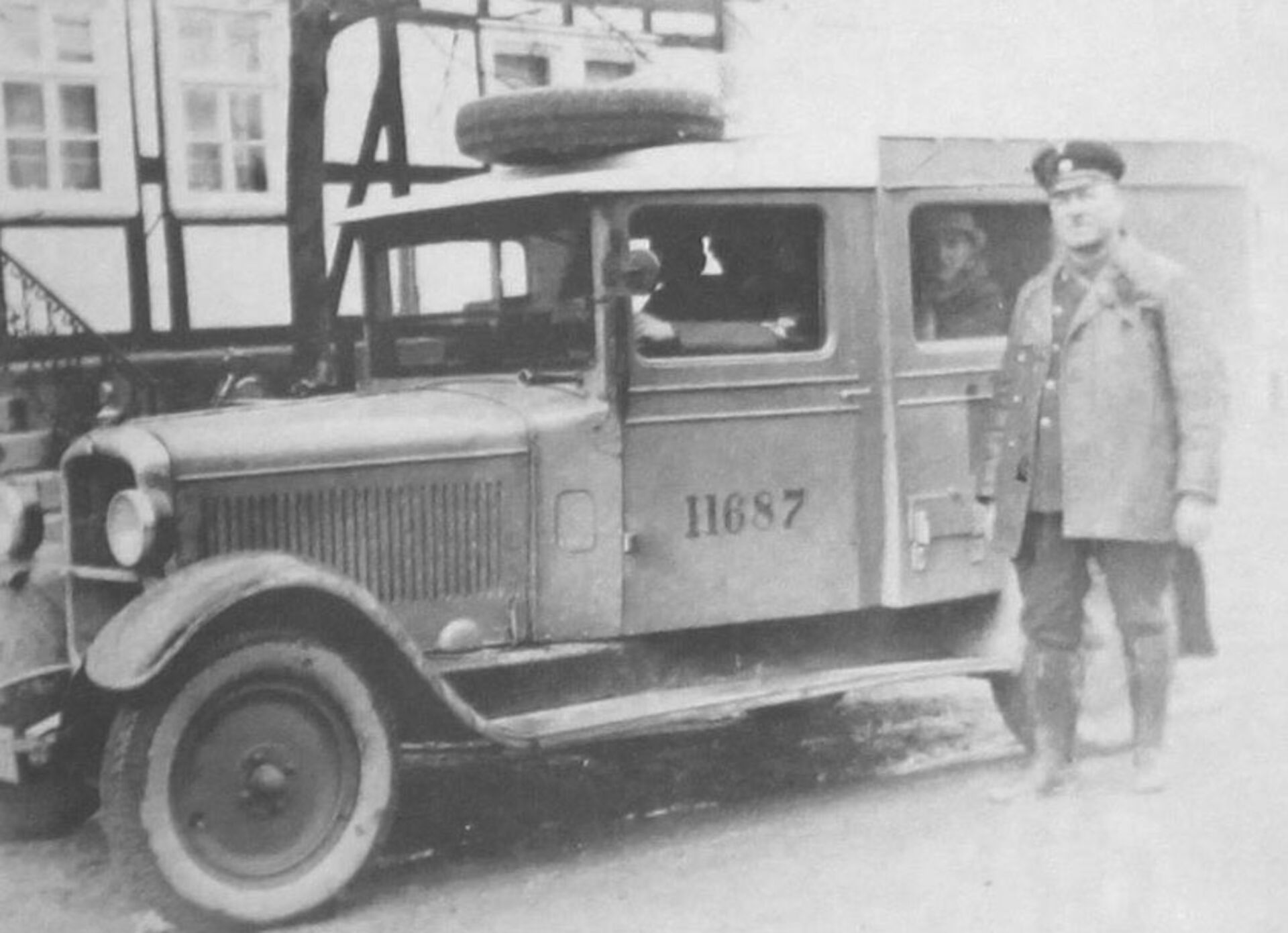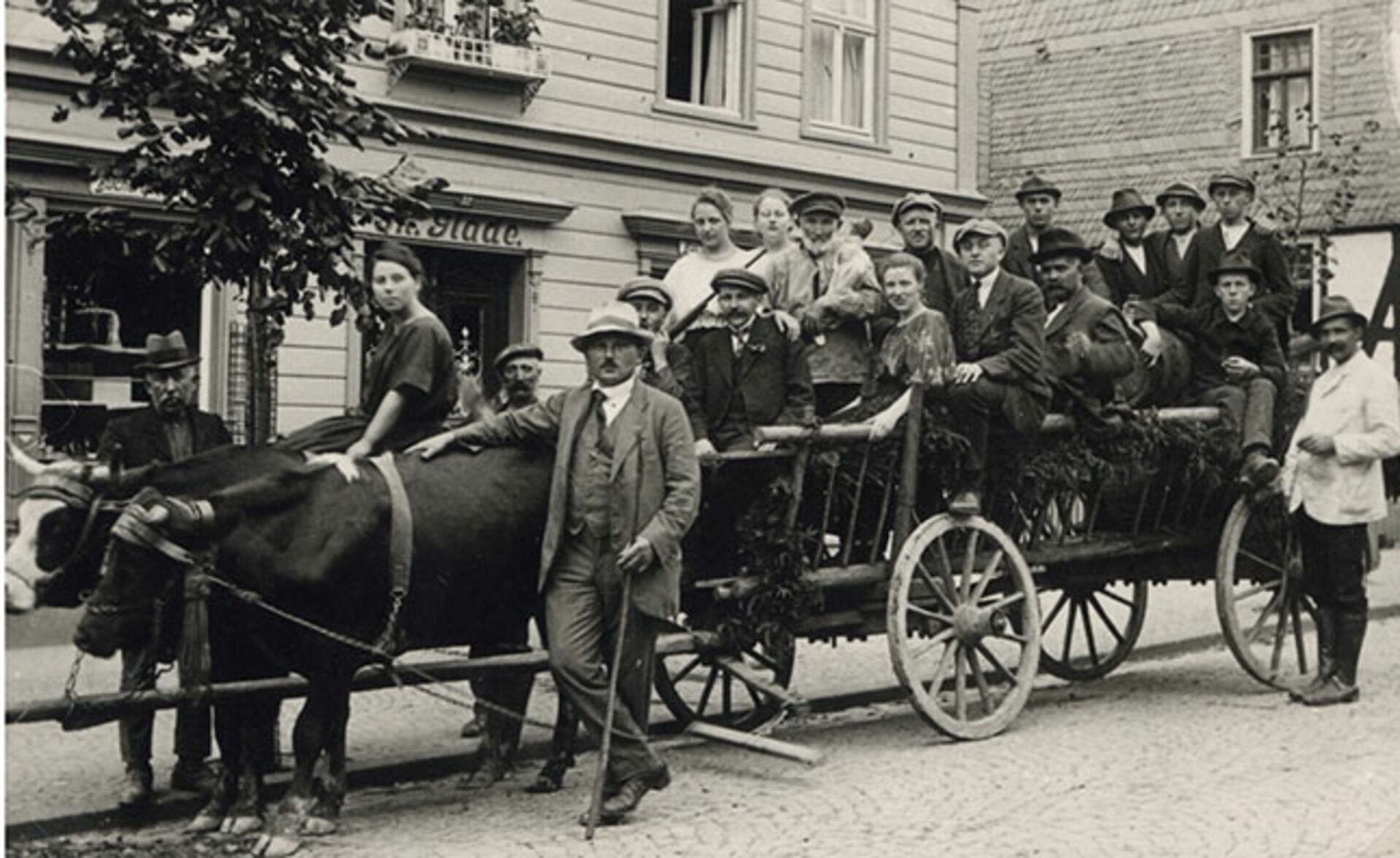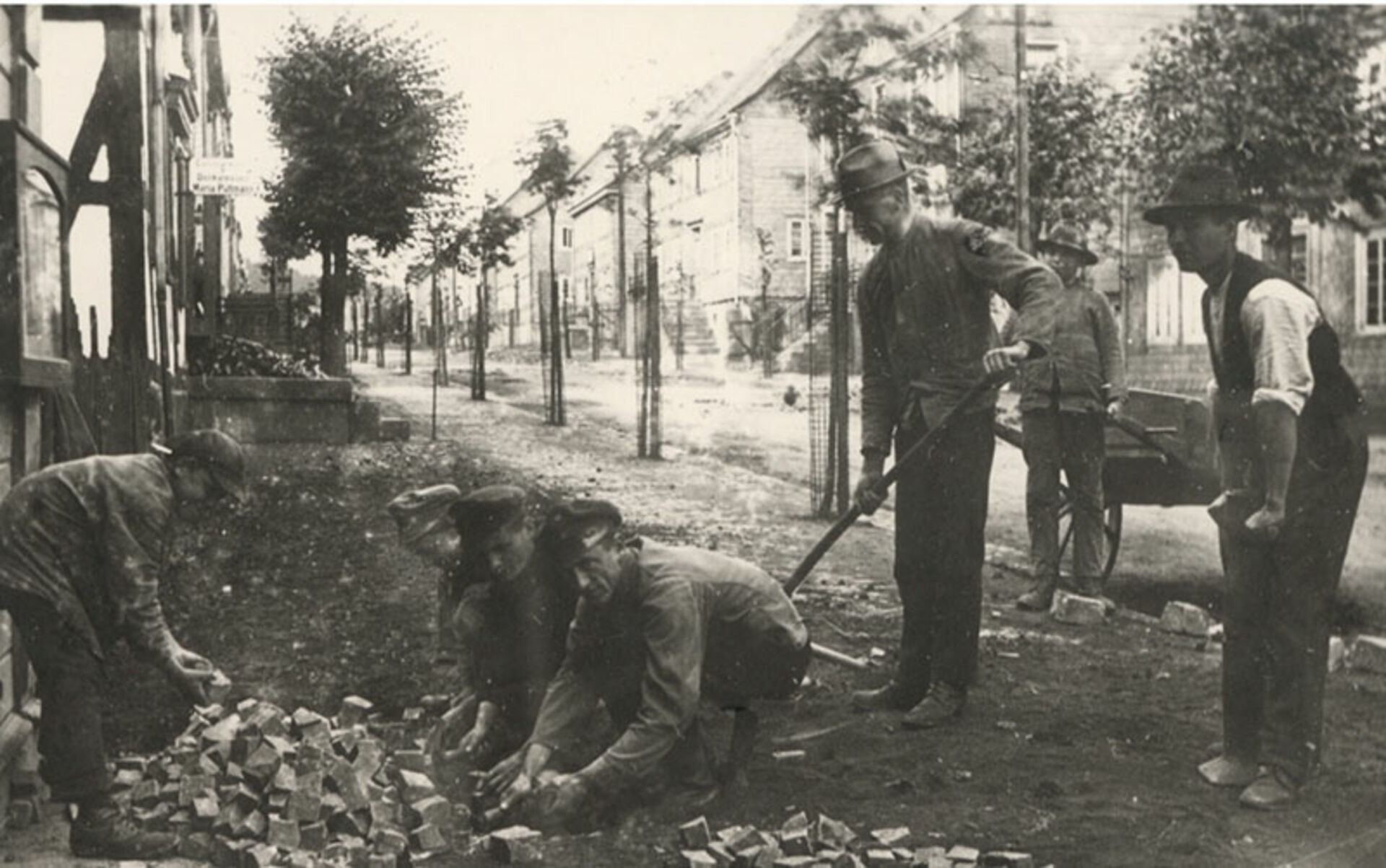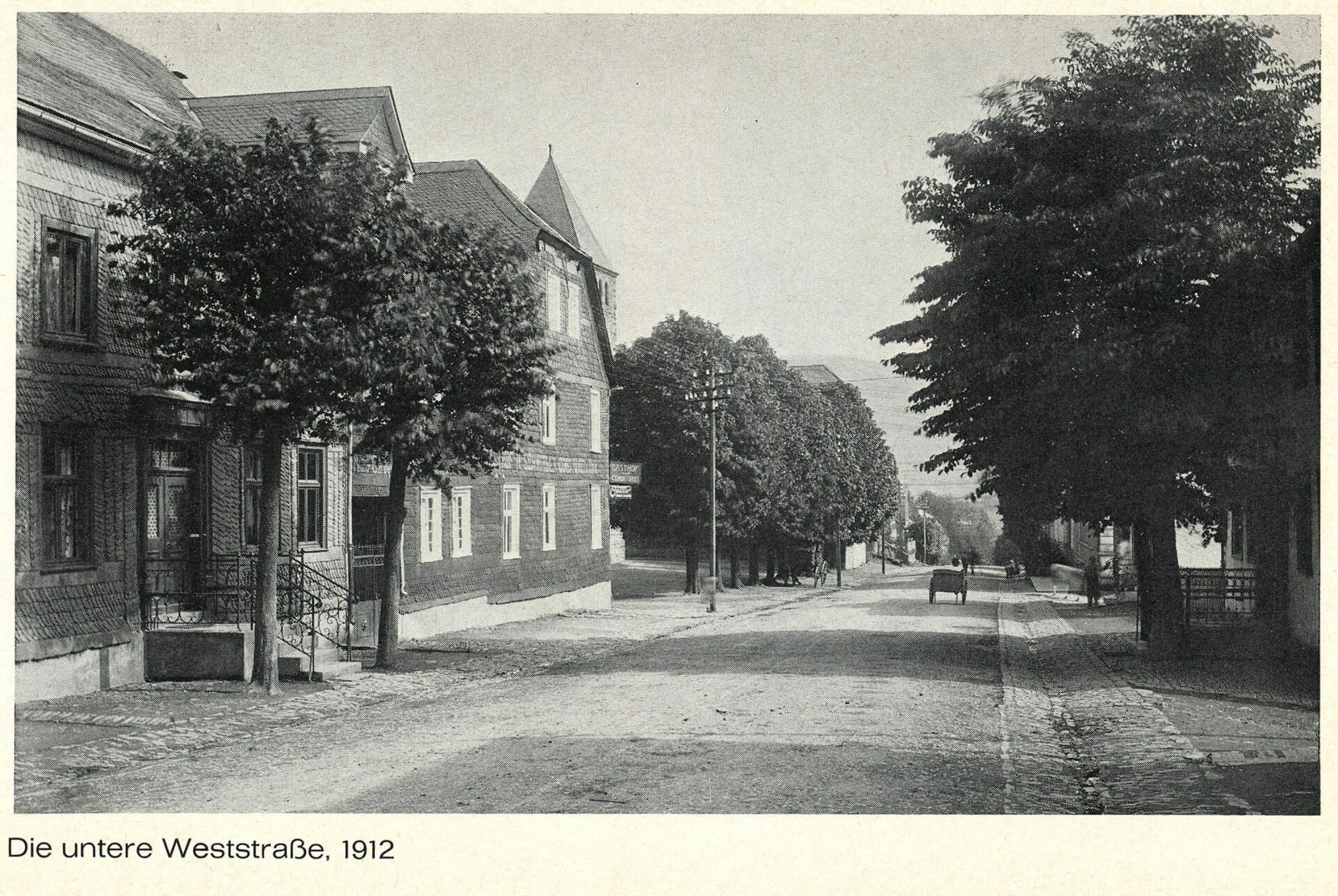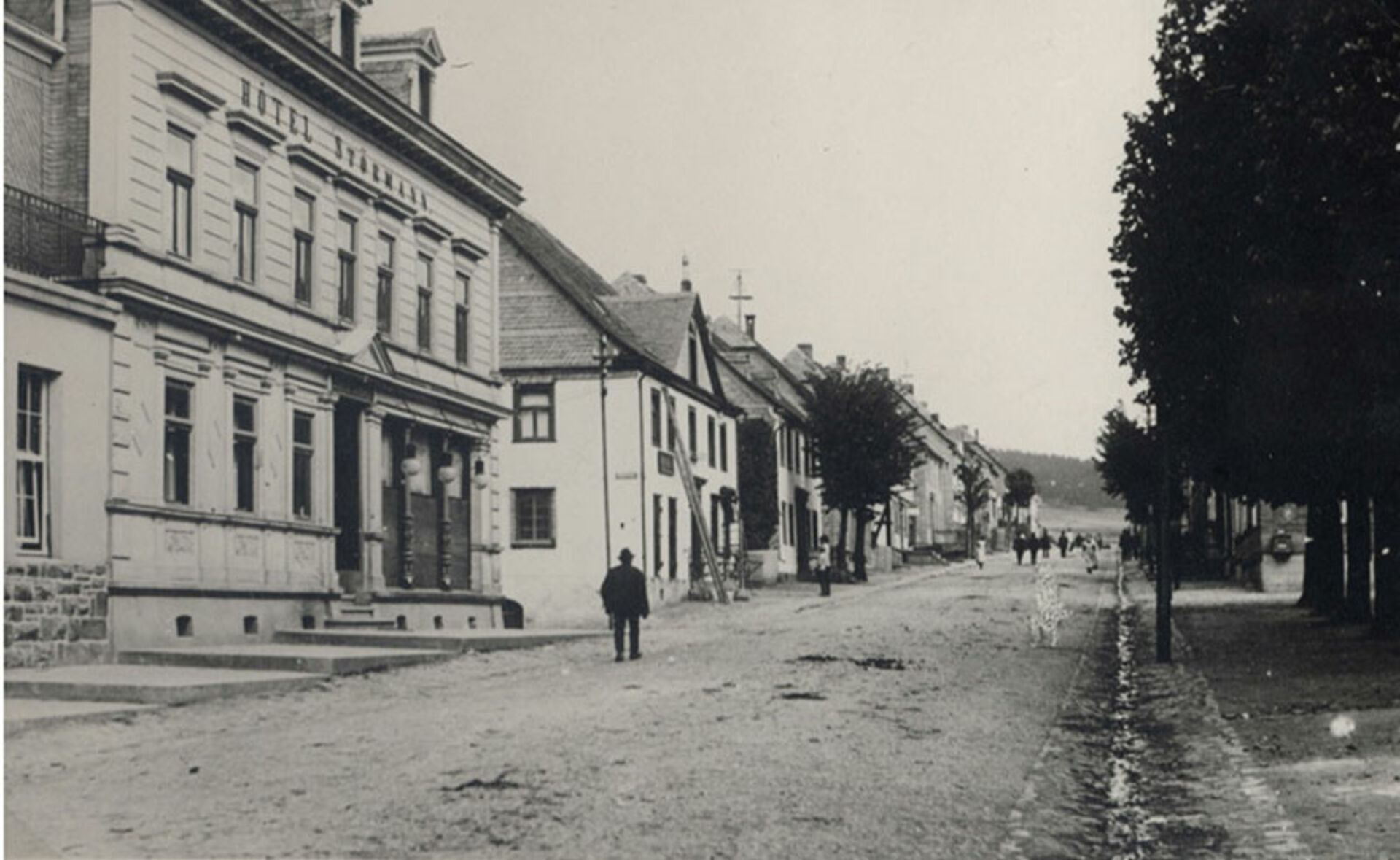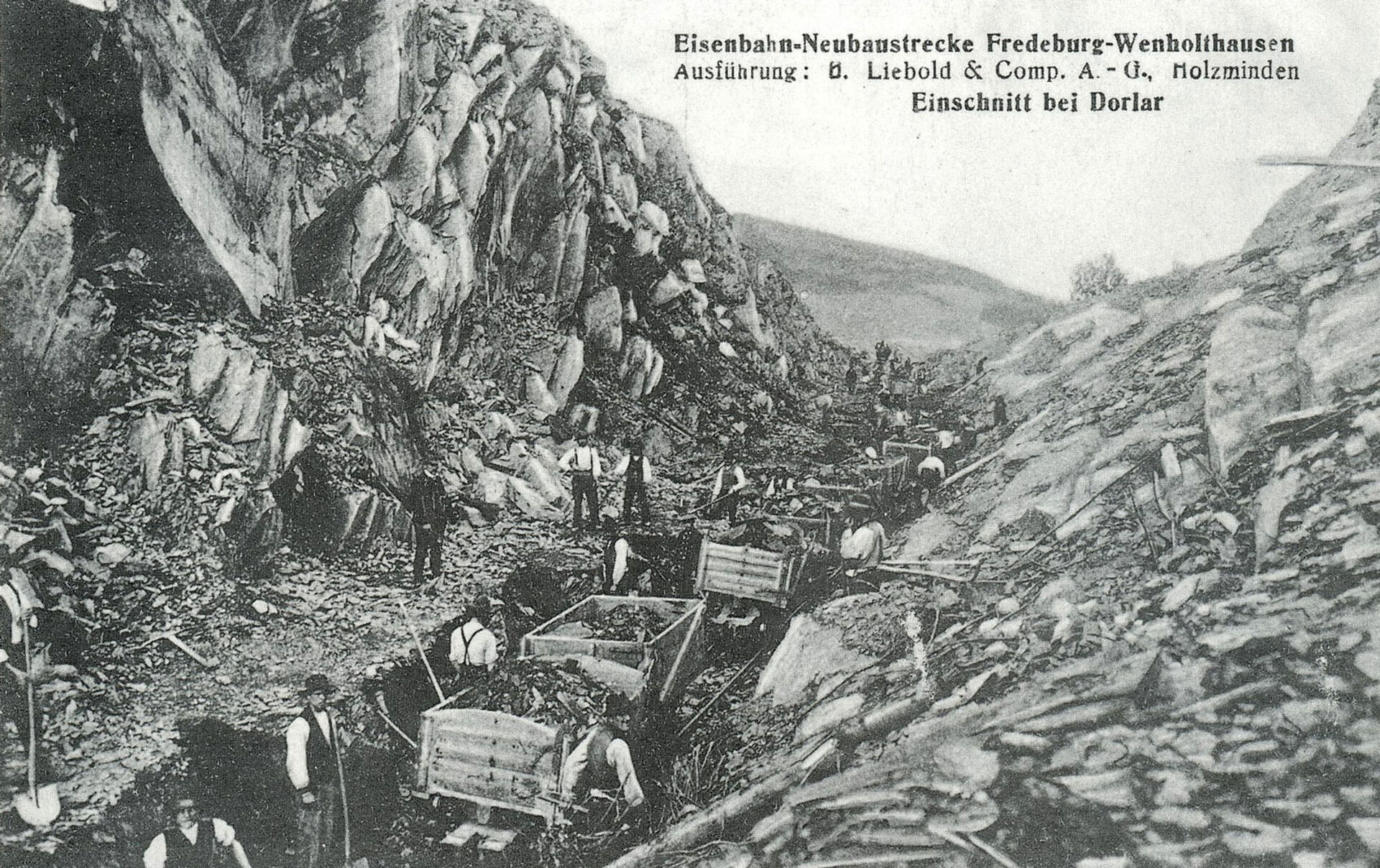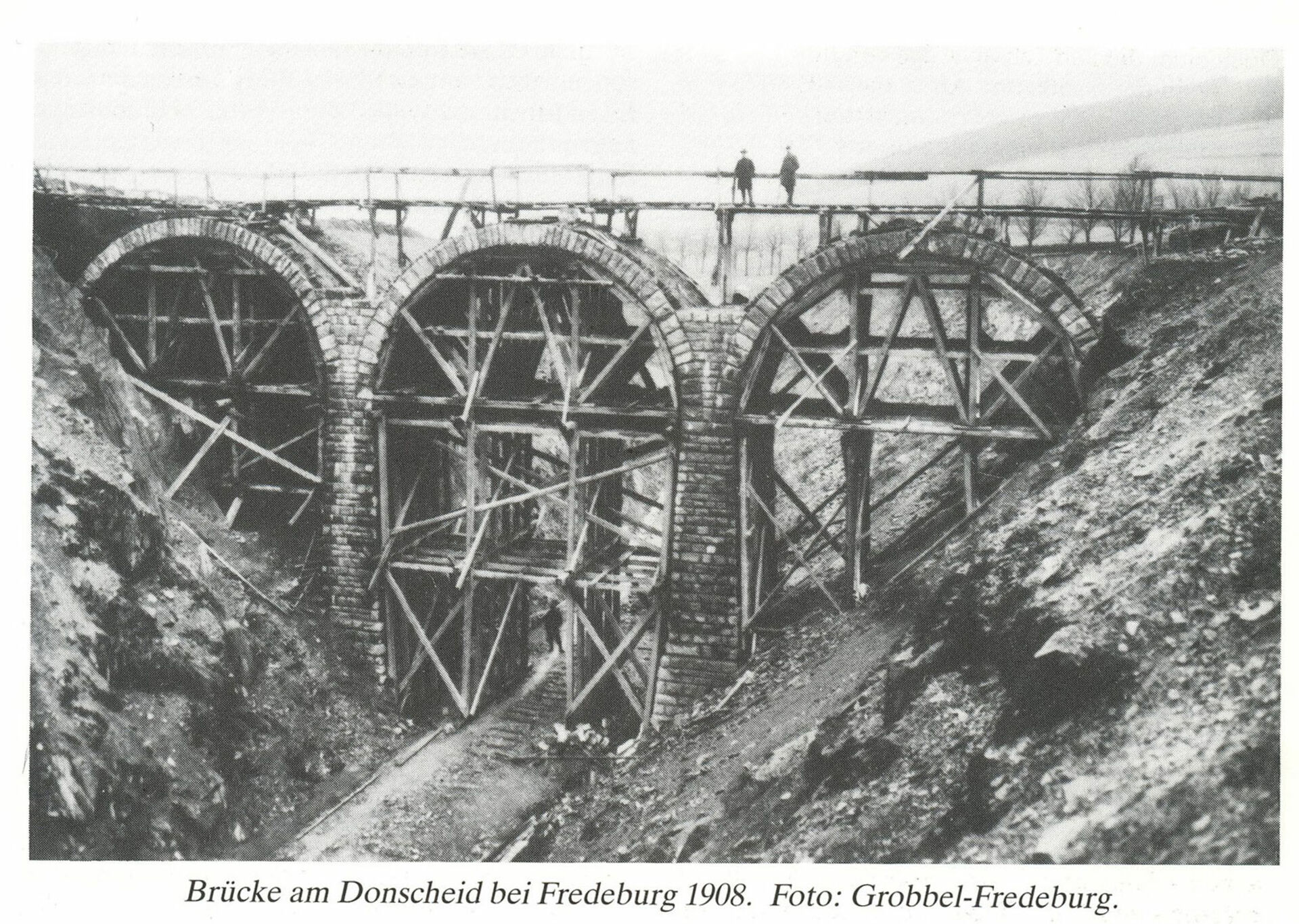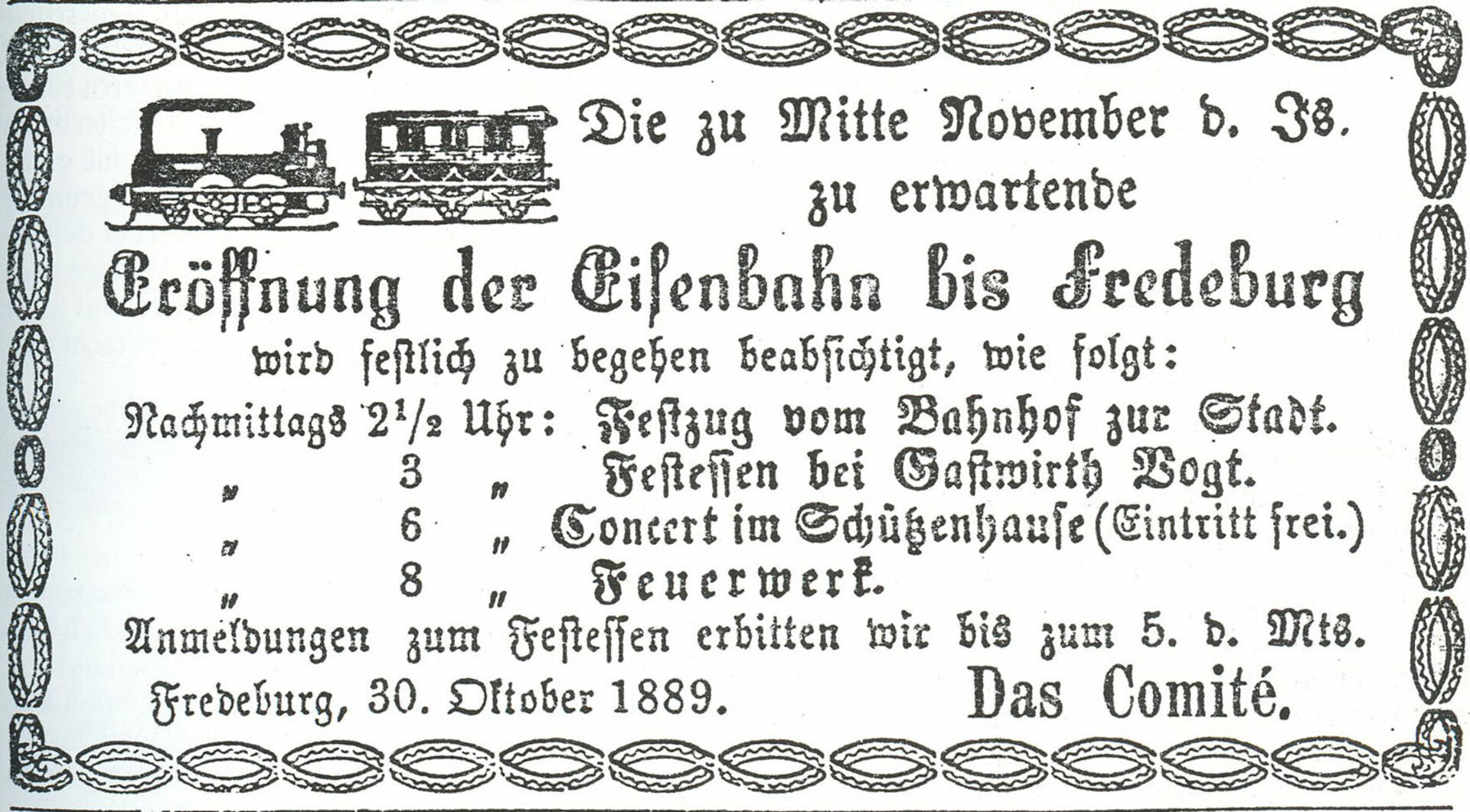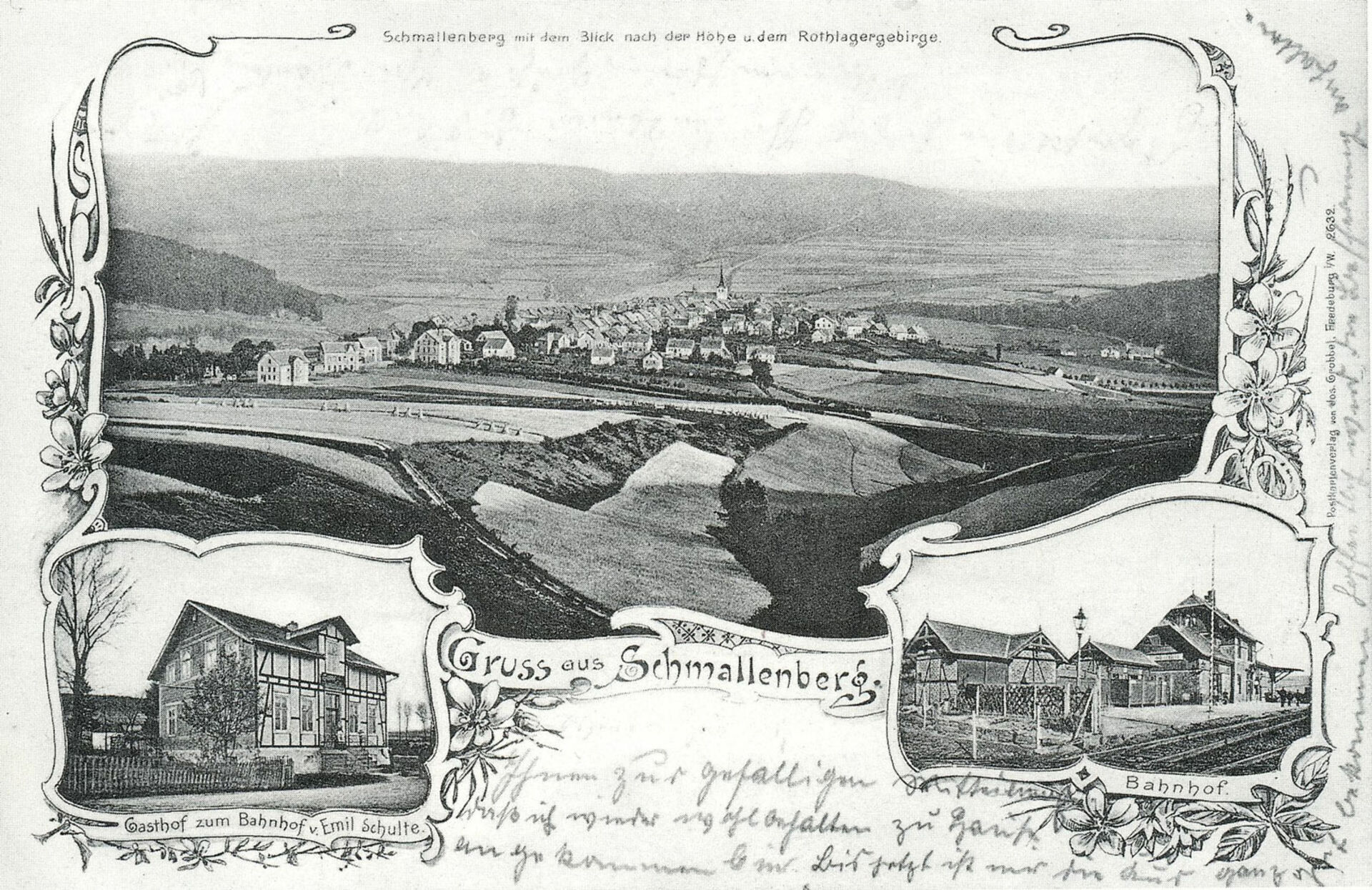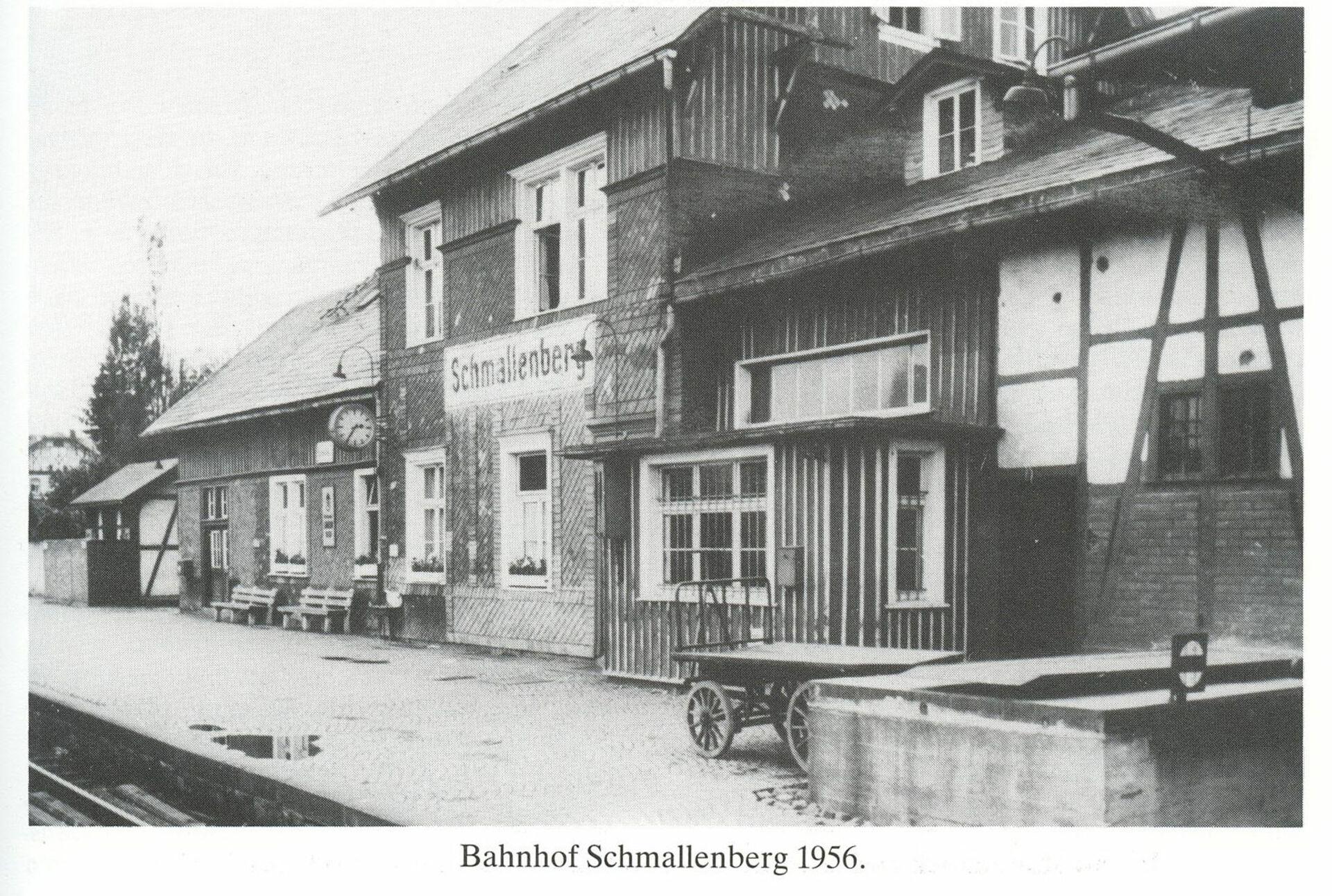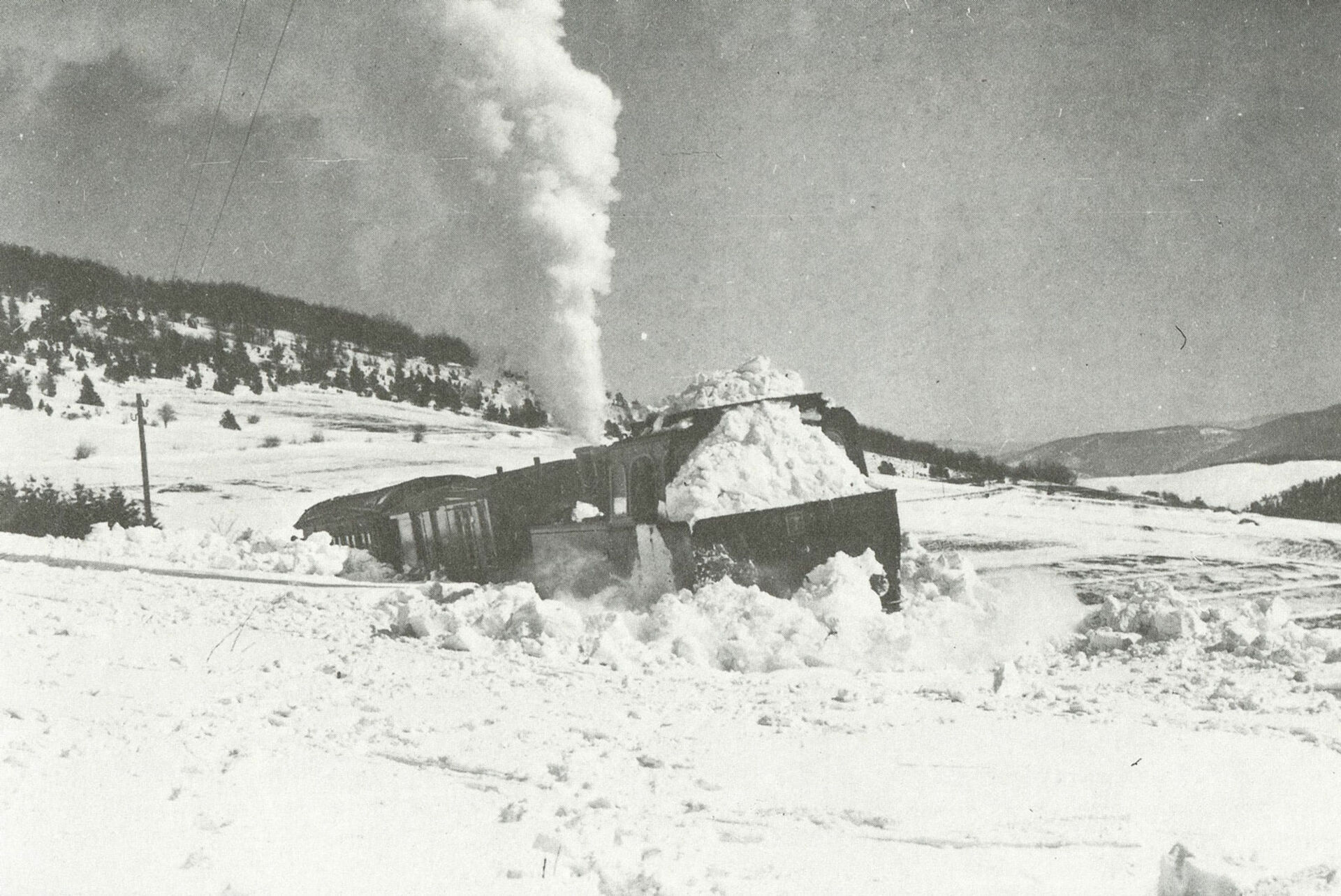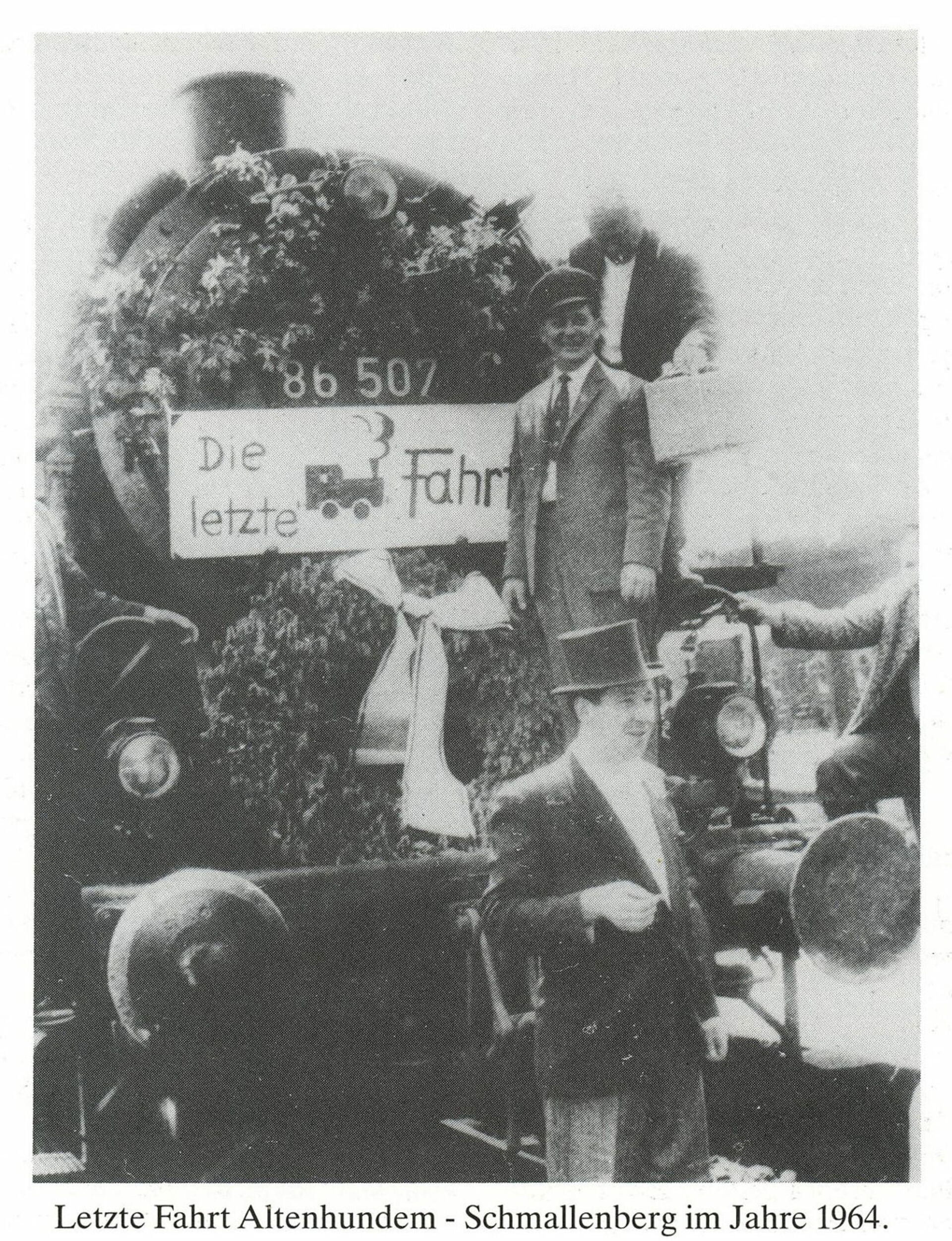Traffic & Roads
Connecting to the world even without a railroad
Information point:
- Weststraße 58: Hotel Störmann / former royal Prussian post office
Transport routes
Until well into the 19th century travelling into the Sauerland achieved either on horseback or on foot. Further distances could be covered by stagecoach. In Schmallenberg the stagecoaches stopped at the horse changing station or post office, which was run by the merchant Anton Johann Störmann. In 1769, he was granted permission to serve alcohol and set up an inn. The inn was connected to the post office and a general store. Störmann traded in almost everything: textiles (damask blankets, caps, bedding, yarn, knitted stockings), food (coffee, sugar, wine, herrings, flour), everyday necessities (wax lights, shoe nails) and home-distilled schnapps. The family members also worked as farmers, carters, provided several mayors and one descendant founded the first textile factory. In 1826, Störmann was appointed "royal postmaster".
The carriages and horses traveled on poorly paved roads. Actual road construction only began at the end of the 18th century. Now, roads were built on a dry and hard surface, with a bulge in the middle of the road to allow water to drain away. The roads were terribly dusty; bitumen and asphalt did not appear as a binding agent until around 1900. In Schmallenberg 1842 the road to Gleidorf (today's B 236) was paved in 1842, and in 1844 the section of road to Fleckenberg. The former Landwehr (rampart) in the north was turned into meadows and gardens. The square in front of the town was set up as Schützenplatz and surrounded by trees and hedges. In 1849, the road (Kommunalweg) to Grafschaft and in 1856 the road to Wormbach over Obringhausen. Then - between Fredeburg and Meschede, Winterberg and Schmallenberg - The Schmallenberg doctor Dr. Witzheller purchased the first car in Schmallenberg for his house calls in 1908 and built a car shed (with half-timbering, lattice windows and wooden gates) at his house at Weststraße.
Until after 1945, only the main streets and the streets in the town center were developed or paved. All other streets were covered with water-bound, dusty surfaces. In 1949, work began on extending and paving them. Traffic grew steadily in the following years; the bypass was opened in 1997, relieving the historic town center.
The connection to the railroad network was established relatively late in 1888 and was not a success story: after just over 100 years, the connection was abandoned in 1994. In 1885-87, the railroad line Schmallenberg-Altemhunden was built. In 1889, the line was extended via Fredeburg to Wenholthausen and Wennemen. The line proved to be unprofitable: in 1964, the Altenhundem - Wenholthausen was discontinued, in 1967 the section Altenhundem-Schmallenberg was dismantled and in 1991 the connection Wenholthausen-Schmallenbergand in 1994 the connection Schmallenberg-Wennemen was closed in 1994. Since 2006, the railroad embankment between Schmallenberg and Eslohe-Bremke a cycle path (the "Sauerlandradring").
Further infrastructure expansion
The remaining infrastructure expansion was more successful in the long term than the railroad construction: the higher municipal school was founded as early as 1852, and in 1855 the Sparkasse (Oststraße 41) was founded as the second in the district Meschede. In 1876, the town was connected to the telegraph line Köln-Meschede and the first telephone was installed in 1881.
In 1882, the first water was piped directly into the houses. Until then, all water for drinking and domestic use had to be drawn from wells within the town; almost every house had a well until 1882. In the event of a water shortage, water was drawn from the Lenne was fetched. House owners had to contribute financially to the development of the water pipeline. With the new water pipeline, the water tanks for extinguishing fires (the so-called "Feuerkümpe" on Mittelstraße and Synagogenstraße) became superfluous.
Improving health care in 1910/11 also included the establishment of a nursing home at Weststraße 48, which developed into a municipal hospital that had to be closed down in 1974. There had been a pharmacy in the town since 1798 (Weststraße 62, since 1960 Löwenapotheke at Weststraße 16; the Marien-Apotheke pharmacy continues to operate in the old building). The growing health care system also included the establishment of a river bathing establishment in the Lenne 1906. In 1974 Schmallenberg and Grafschaft received the status of state-recognized climatic health resorts.


